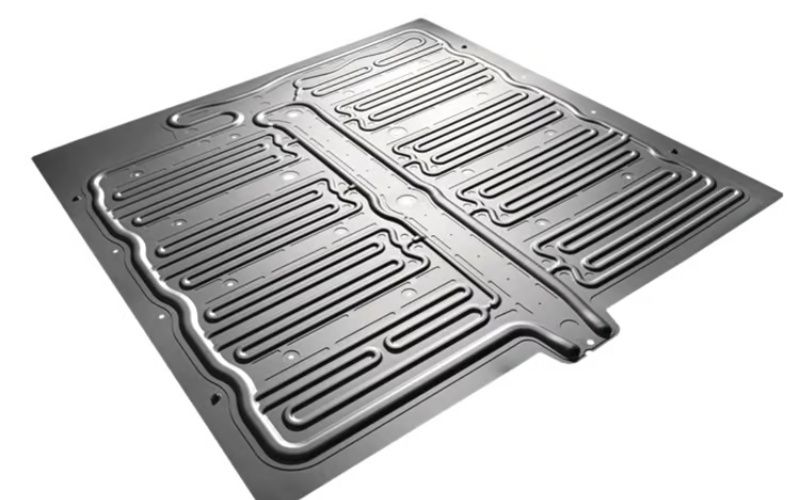Introduction
Thermal management solutions are increasingly important in modern electronic devices. One popular solution for dissipating heat is through the use of cold plates. A
thin liquid cold plate is a type of cold plate that is gaining popularity due to its unique properties and effectiveness. In this article, we will delve into the benefits of thin liquid cold plate technology in thermal management.
What is a Thin Liquid Cold Plate?
A thin liquid cold plate is a flat, metal plate with channels or grooves that contain a thin layer of liquid. The liquid is typically water or a water-glycol mixture that flows through the channels, absorbing heat as it passes through. Thin liquid cold plates are able to efficiently remove heat from electronic devices due to their high thermal conductivity.
High Thermal Conductivity
Thin liquid cold plates have a high thermal conductivity, meaning they are very efficient at transferring heat from an electronic device to the liquid within the channels. The thin layer of liquid allows for more heat to be transferred than with traditional cold plates, which use solid metal instead. This makes thin liquid cold plates an effective solution for removing large amounts of heat from electronic devices.
Customizable Design
Thin liquid cold plates are highly customizable in terms of design. The channels and grooves can be tailored to fit specific electronic devices, ensuring optimal thermal performance. The size and shape of the plate can also be customized, making it easier to integrate into existing cooling systems.
No Moving Parts
Thin liquid cold plates have no moving parts, making them a reliable and low-maintenance thermal management solution. This also means that there is no risk of mechanical failure, reducing the likelihood of system downtime or component failure.
Low Pressure Drop
Thin liquid cold plates have a low pressure drop, meaning that the liquid flows through the channels with minimal resistance. This ensures that the liquid is able to flow freely, enabling efficient heat transfer and reducing the risk of system failure.
Low Thermal Resistance
Thin liquid cold plates have a low thermal resistance, meaning that they do not impede the flow of heat from the electronic device to the liquid within the channels. This ensures that heat is efficiently removed from the device, reducing the risk of overheating and potential damage to the device.
Energy Efficiency
Thin liquid cold plates are energy-efficient due to their ability to remove large amounts of heat with minimal power consumption. They also enable the use of higher-power components, as the efficient thermal management provided by thin liquid cold plate technology reduces the risk of overheating and potential damage.
Reliability
Thin liquid cold plates are highly reliable due to their simple design and lack of moving parts. This ensures that they are able to provide effective thermal management over the long term, reducing the risk of system failure and minimizing the need for maintenance.
Applications
Thin liquid cold plates are used in a variety of applications, including in high-performance computing, data centers, and aerospace. They are also utilized in electric vehicles, where efficient thermal management is crucial for ensuring the longevity and performance of battery packs.
Quote Inquiry
Contact us!

